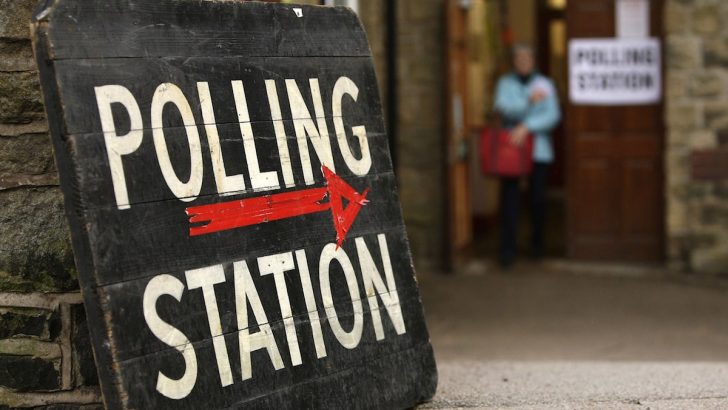Far from being a fallacy, the ‘slippery slope’ is all too often all too real, writes David Quinn
I sometimes wonder what it would take to persuade liberals that the ‘slippery slope’ is a reality. I’ve come across various articles lately claiming it is a myth and that whenever traditionalists claim a certain dire consequence will follow from a certain action, a change to the law for instance, they have been proven wrong.
An example they like to point to is divorce. They like to say that we claimed at the time of the 1995 divorce referendum that the ‘floodgates’ would open following the legalisation of divorce. In fact, I could only find one leading anti-divorce campaigner from that time who said the floodgates would open.
Campaigners such as Senator Des Hanafin said it would occur more slowly. As it happens, the marital breakdown rate (divorce plus separation) hasn’t increased hugely as a result of the passage of divorce. The rate has climbed, but slowly. What has happened, however, is that the number of broken marriages has increased hugely as a result of a cumulative effect.
Flood
In 1986, 40,000 adults had suffered a broken marriage and by 2016, that number had reached almost 300,000. The only reason that doesn’t look like a ‘floodgate’ is because, believe it or not, and despite the sheer size of that figure, it is still much lower than the UK figure, proportionately speaking. In the UK the flood is more like a tsunami.
Pro-divorce campaigners, on the other hand, claimed that the absence of divorce was increasing cohabitation and that if we introduced it cohabitation would decrease. Their reasoning was that couples were living together who could not marry because they could not divorce their existing legal spouse.
In fact, the amount of cohabitation in Ireland has skyrocketed since 1995. It increased by 360% between then and 2011. There is now a higher cohabitation rate in Ireland than in the US, and of course the number of births outside marriage has also increased enormously in recent decades.
Campaigners for marriage always worried about what would happen if, in the name of choice, alternatives to marriage were effectively promoted. They worried that fewer people would marry, stay married, and have children within marriage. Their concerns about divorce were part of a wider package, so to speak. Their concerns have been amply proven.
The huge increase in out-of-wedlock births, in cohabitation and in marital breakdown would look, to any objective observer, like a prediction fulfilled, would look like the slippery slope in action, would look like one thing leading to another.
In other countries that made divorce easier to obtain – the US and the UK for example – divorce rates climbed extremely sharply as soon as that happened in the 1970s. So did rates of cohabitation and out-of-wedlock births.
The latter two did not increase as a result in changes in the law, but to changes in social attitudes. Personal freedom became much more important than the strong social customs around marriage. Campaigners for traditional marriage correctly foresaw what would happen as those social customs weakened.
What occurred in the case of abortion is even more dramatic. The abortion law in Britain was liberalised in 1967. The following year there were 27,200 abortions. In 1971 the number had climbed to 102,047 (counting British residents only), and today there are almost 200,000 abortions on average each year. If that isn’t a slippery slope, what is?
Pro-life groups campaigned against the so-called ‘Protection of Human Life During Pregnancy Act’ in 2013 for two mains reasons. The first is because it allowed a threat of suicide as a ground for abortion and the second is because they knew that its passage would lead to greatly increased pressure for an abortion referendum, which has happened.
Restrictive
They knew one thing would lead to another, that we would continue to slip down that slope. We are near the bottom now. If this referendum is passed, then very few abortions will be refused in Ireland. The planned law is not restrictive, contrary to the deeply dishonest claims of the Government.
Pro-life campaigners also say that they will be an inevitable increase in the number of Irish children with disabilities like Down Syndrome being aborted if this goes through. ‘Nonsense’, say pro-abortion campaigners.
The planned law will not allow that. But it does allow abortion for ‘mental health’ reasons. In Germany you cannot, in theory, abort a disabled child, but if the mother says having that child will harm her mental health, then she can have her abortion. The same will happen here. That is another example of the slippery slope in action.
Various bishops have warned that the next step after abortion will be assisted suicide and euthanasia. They have been accused of ‘scare-mongering’. But the same ideology of ‘choice’ that justifies abortion is also used to justify assisted suicide: “If I wish to die by lethal injection, that is my choice, it doesn’t affect you, so don’t get in my way.”
In fact, the Oireachtas Health Committee has already held hearings on assisted suicide and the issue has growing support in Leinster House, in the media, in society at large. One thing leads to another. We slip down the slope, propelled by the ideology of ‘choice’.
In other words, liberals are either in denial or are being deeply disingenuous when they say the slippery slope does not exist. They are also very contradictory. They celebrate all the changes they have wrought as ‘progress’ and are delighted to push on after they have gained their latest victory.
Traditionalists look on sceptically. We’re not so sure that rising divorce, cohabitation, abortion and the onward advance of assisted suicide is progress. To us, that looks like a slippery slope. To us, that looks lots of wounded and destroyed lives.


 David Quinn
David Quinn
